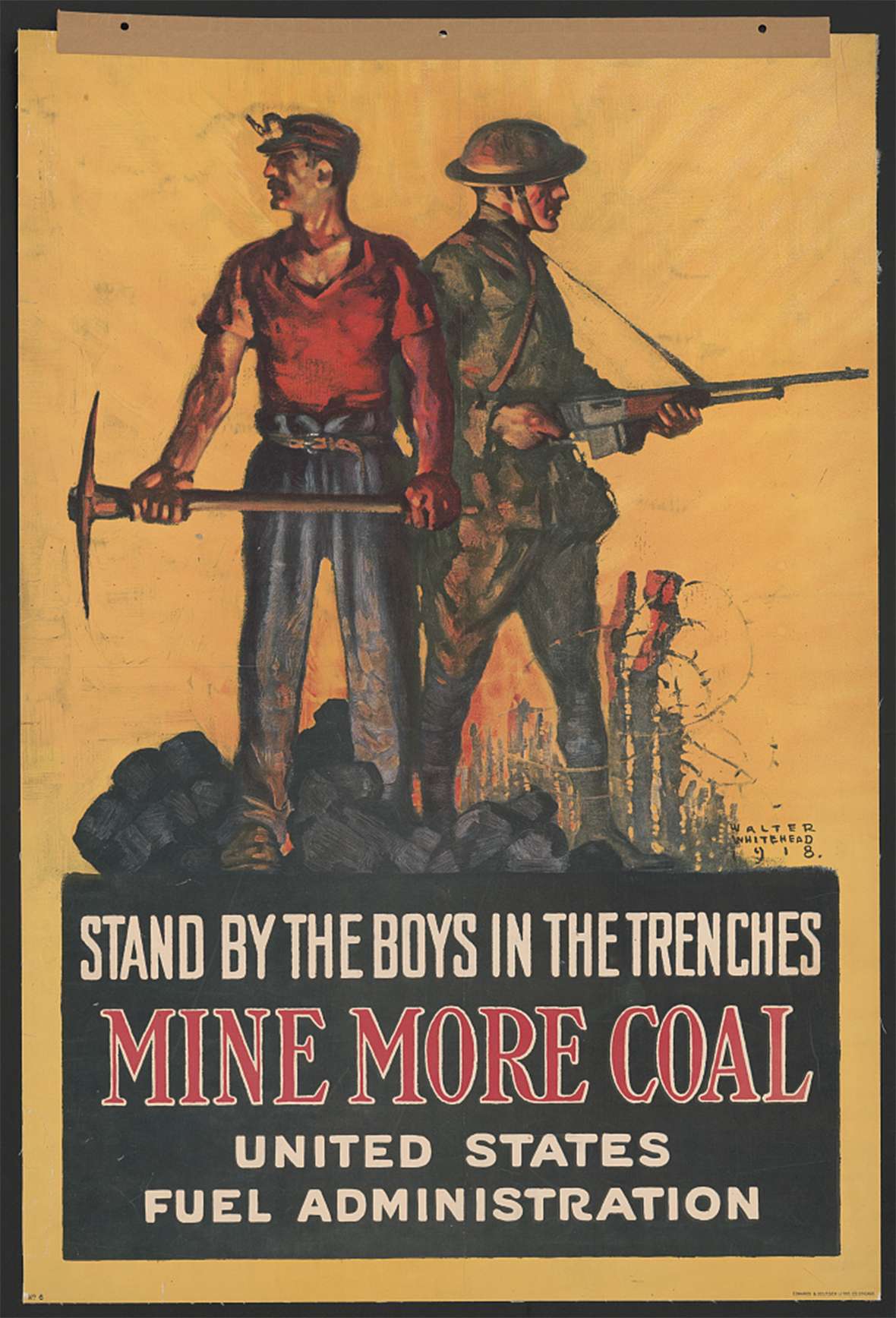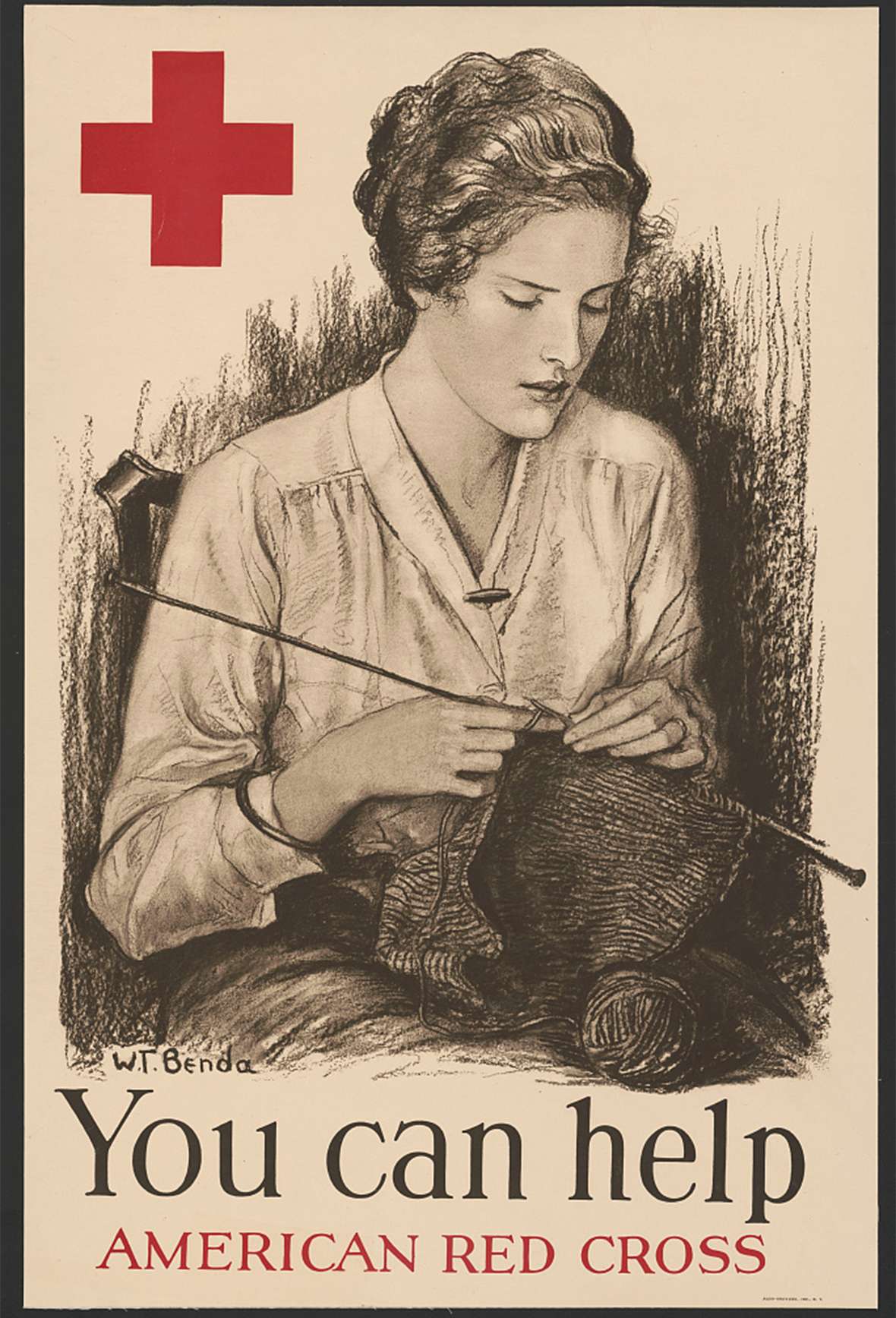Area 8: The U.S. During the First World War (1910s-1920s)
Background for teachers and students
During World War I, 4.8 million American men and women served in the armed forces. Every soldier in khaki left someone behind: perhaps a wife and children, mother and father, brothers and sisters, possibly a fiancée or girlfriend, as well as schoolmates and sports pals. To some extent, every home was affected. Voluntary food conservation was encouraged, and Herbert Hoover, who years later would be elected the nation’s president, was appointed as the U.S. Food Administrator in 1917. Cookbooks were distributed with recipes that substituted wheat flour for white flour—much of which had been shipped overseas for the troops—and “wheatless Wednesdays” and “meatless Mondays” were encouraged.
In March 1917, the National War Garden Commission was organized to urge Americans to contribute to the war effort by planting, fertilizing, harvesting and storing their own fruits and vegetables. The slogan was “Sow the Seeds of Victory.” The government sponsored well-publicized war bond drives across the nation to persuade people to buy war bonds, a way for the government to borrow money to pay for the war. Book drives were conducted to gather wholesome reading materials for the doughboys. “Gasolineless Sundays” saved petroleum products.
Propaganda movies and patriotic songs were featured in theaters. Unemployment was artificially low as so many young men were serving in the military. Factories flourished with lucrative military contracts. Some communities, such as Casper, Wyo., with its oil refineries and nearby oil wells, profited from high prices for petroleum products. Farmers and ranchers profited from high wheat, corn, wool and beef prices—all thanks to high wartime demand.
Communications with loved ones were restricted to letters, postcards and an occasional telegram. Across the United States, more than 53,000 loved ones were notified of soldier deaths only by impersonal letters—essentially form letters—from the War Department. Families were often not officially informed of their loved ones’ wounds, and relied on word from friends, the Red Cross or the Salvation Army.


